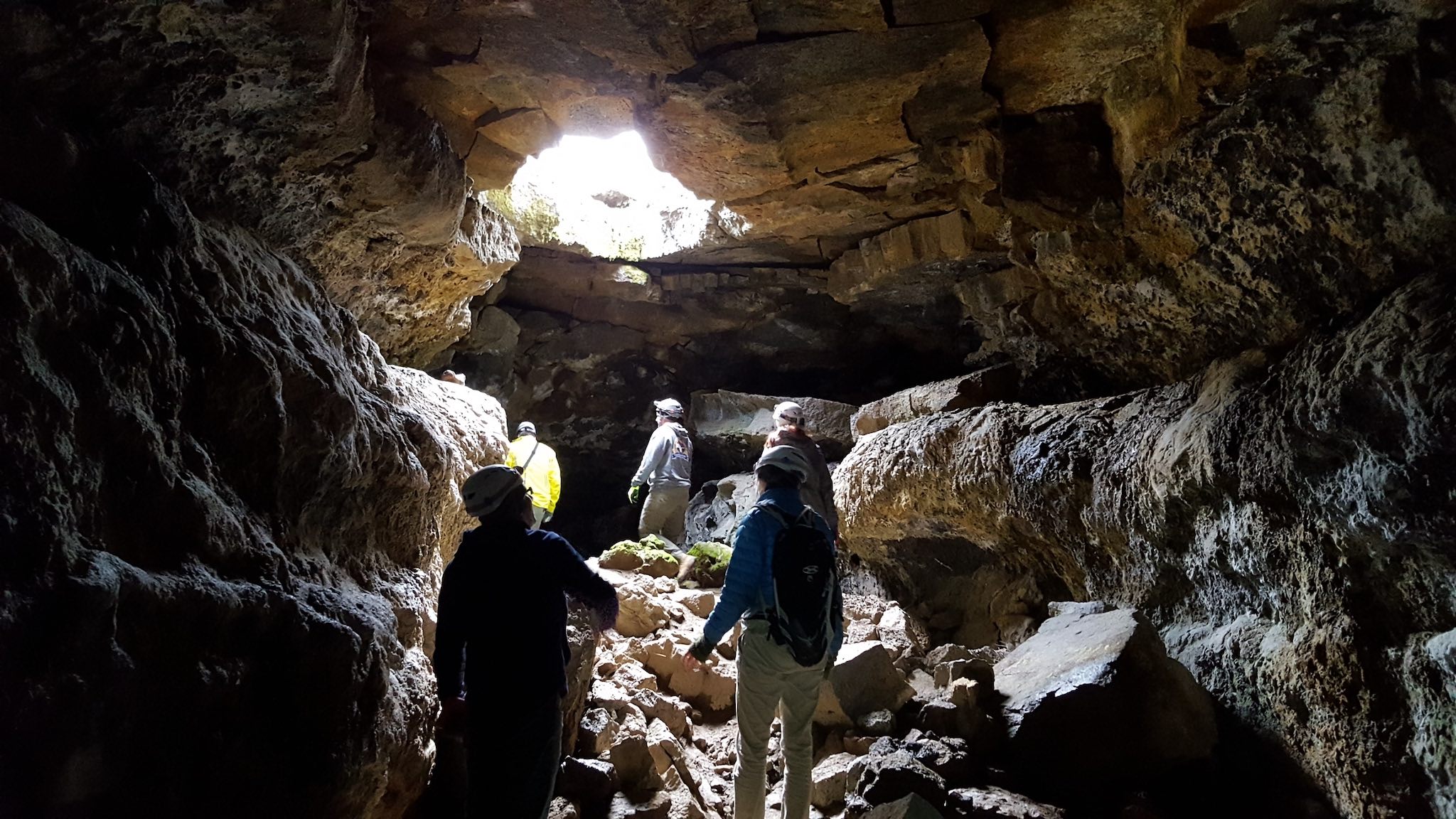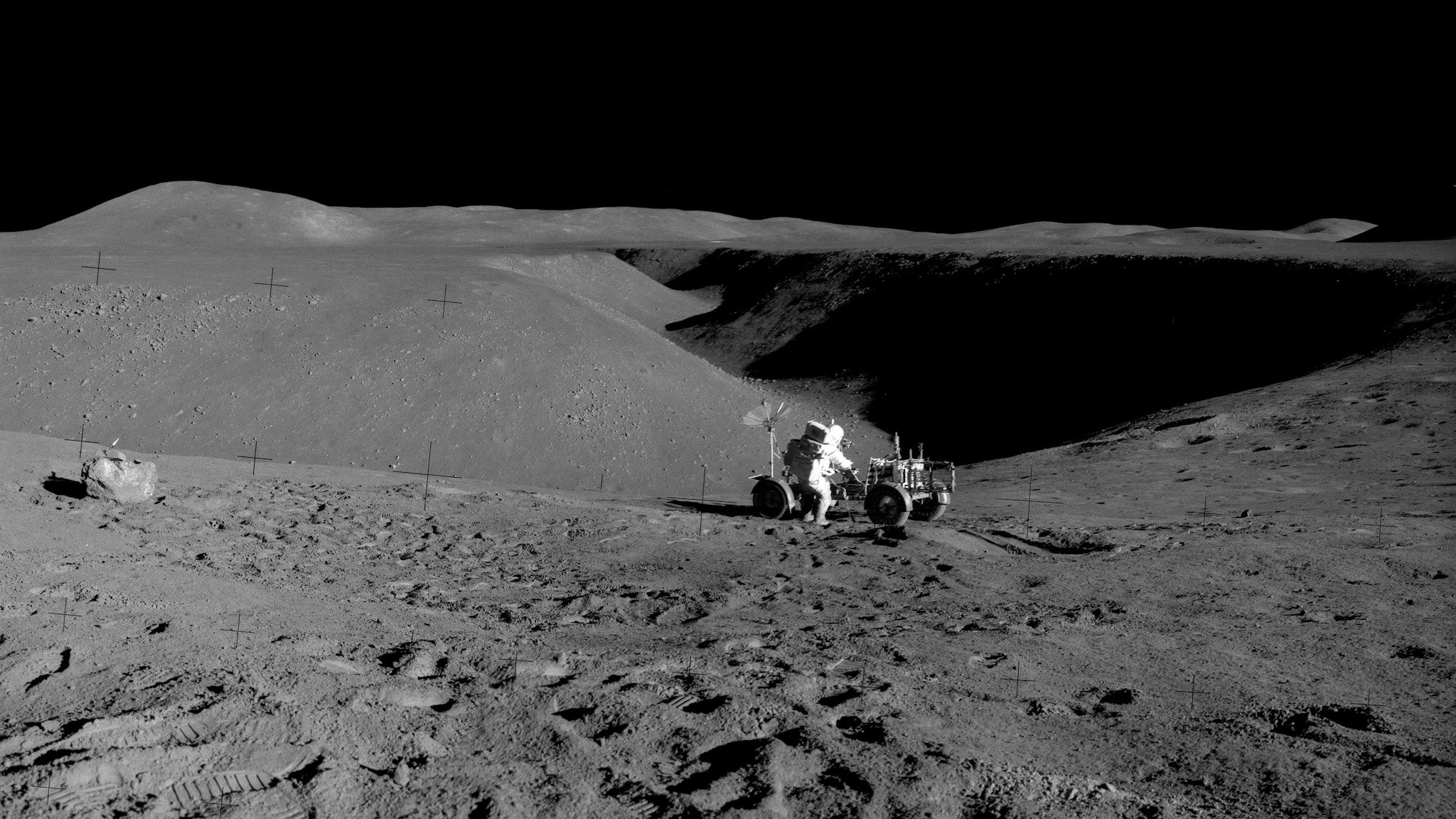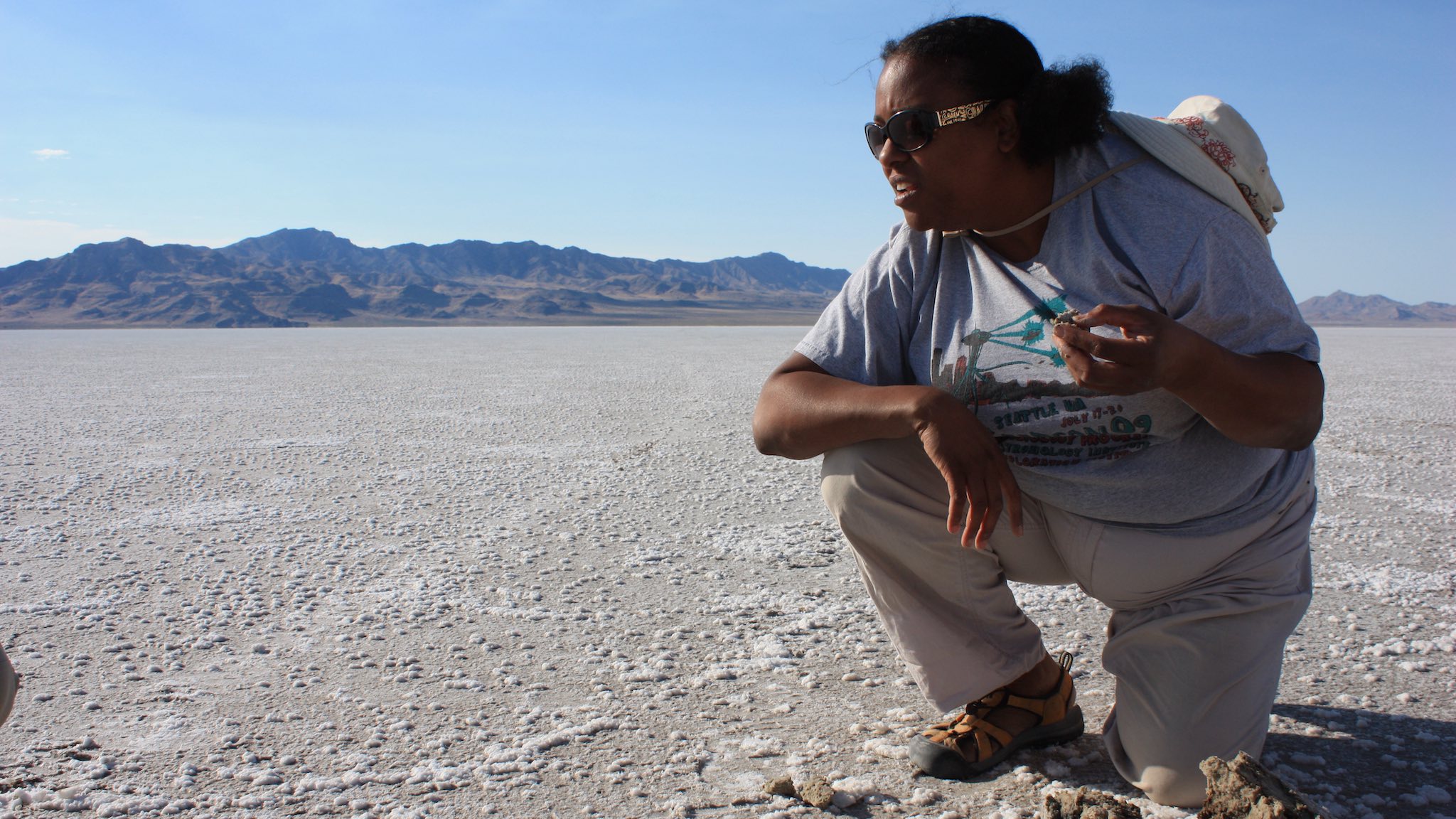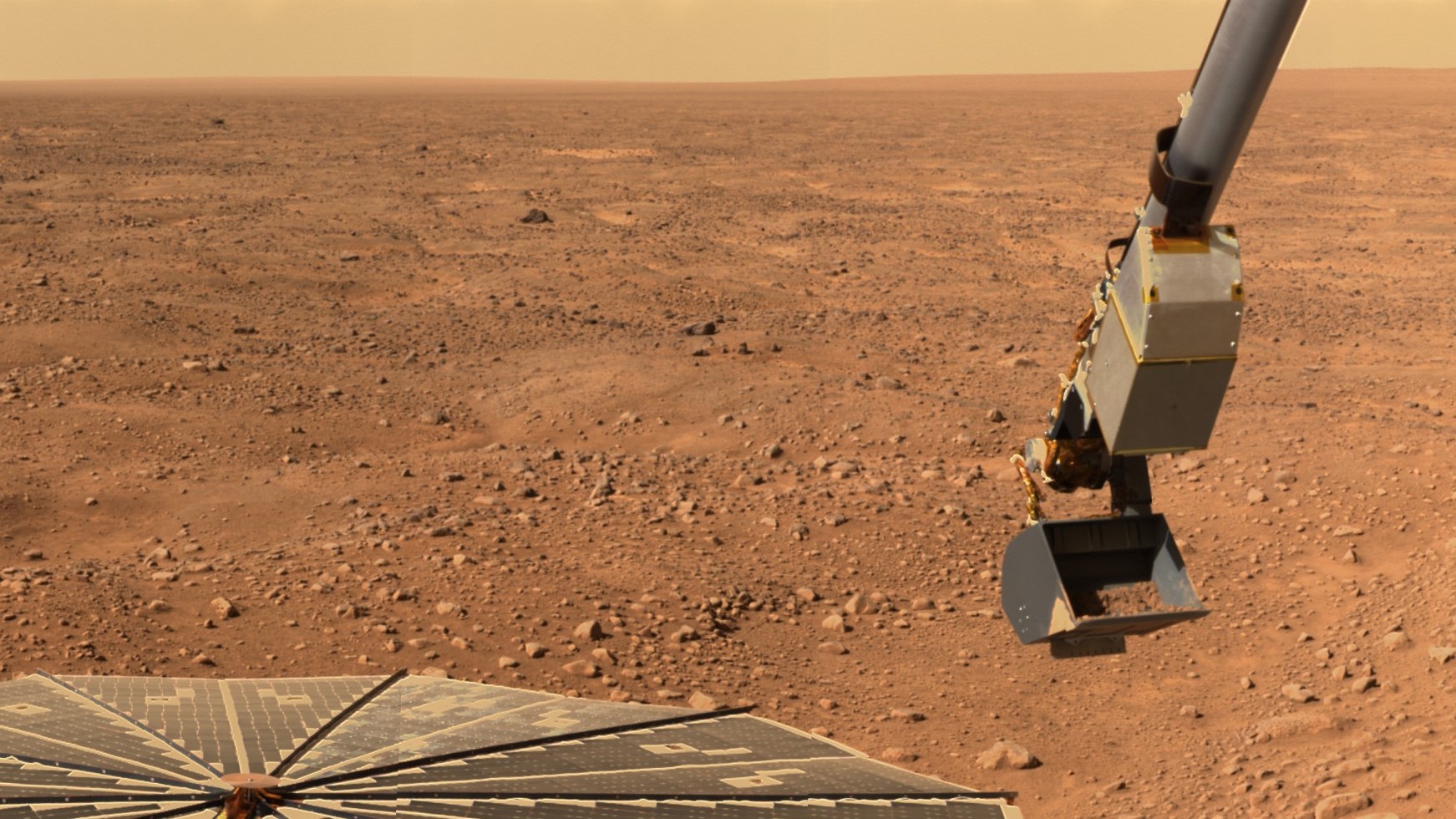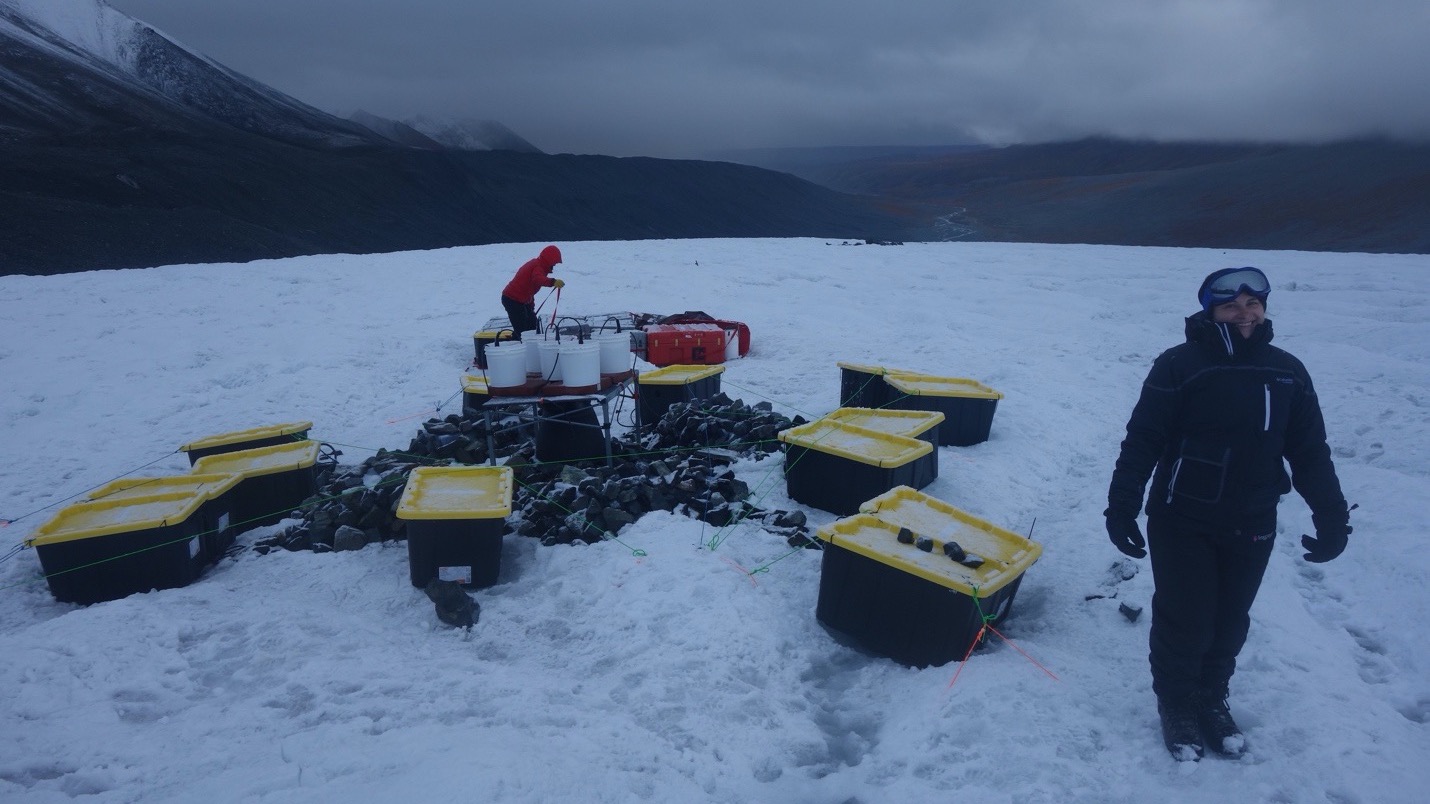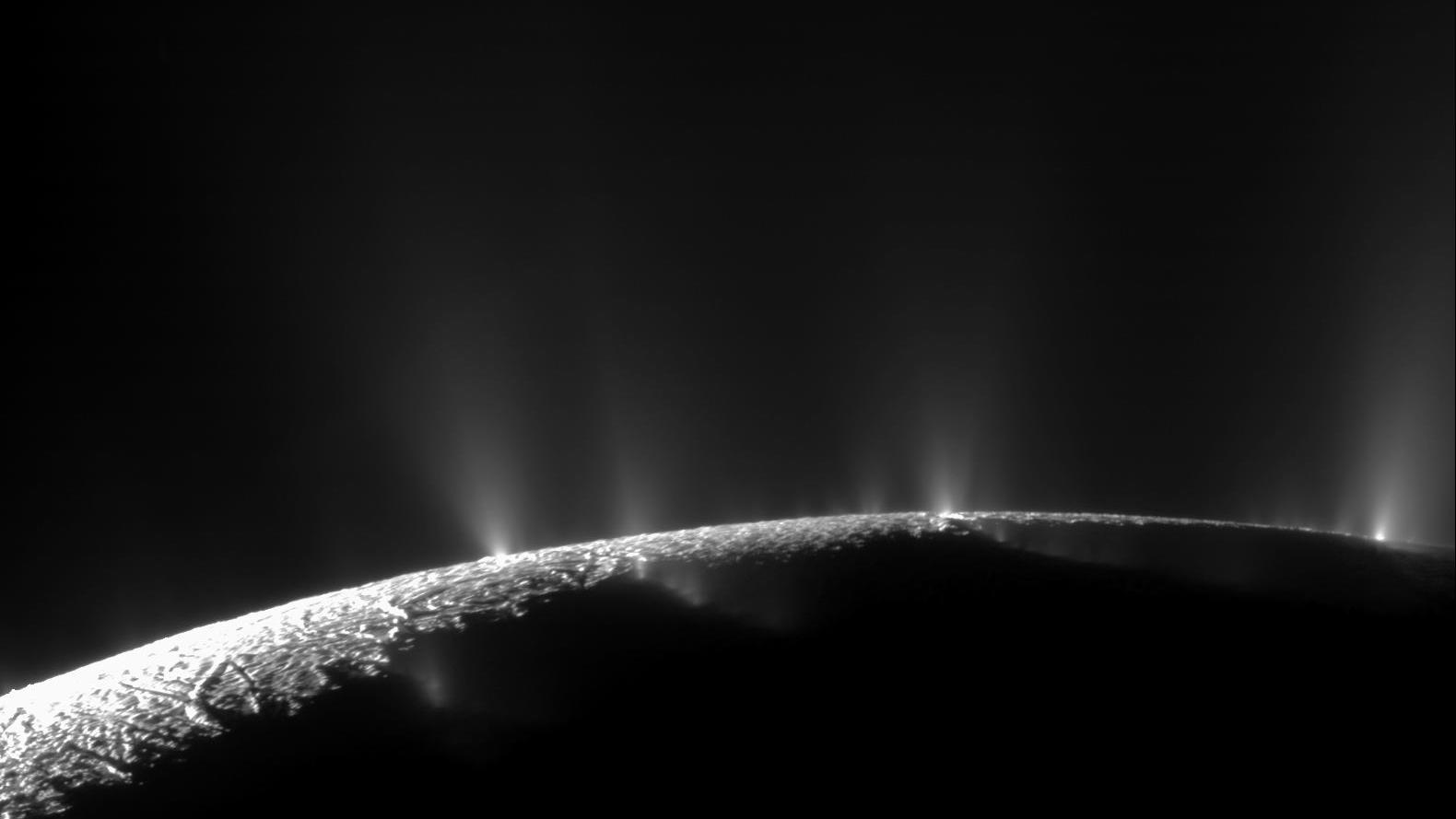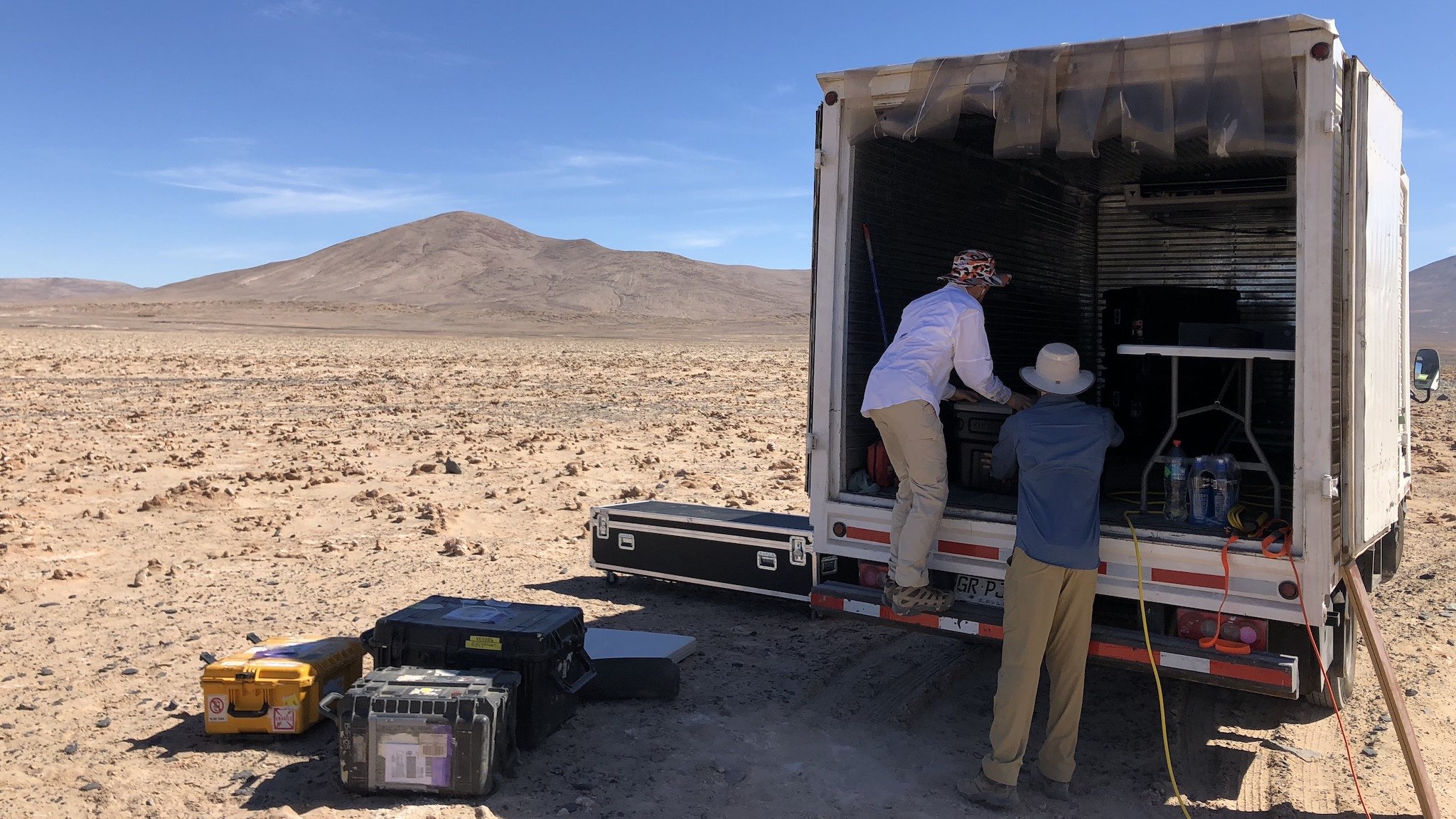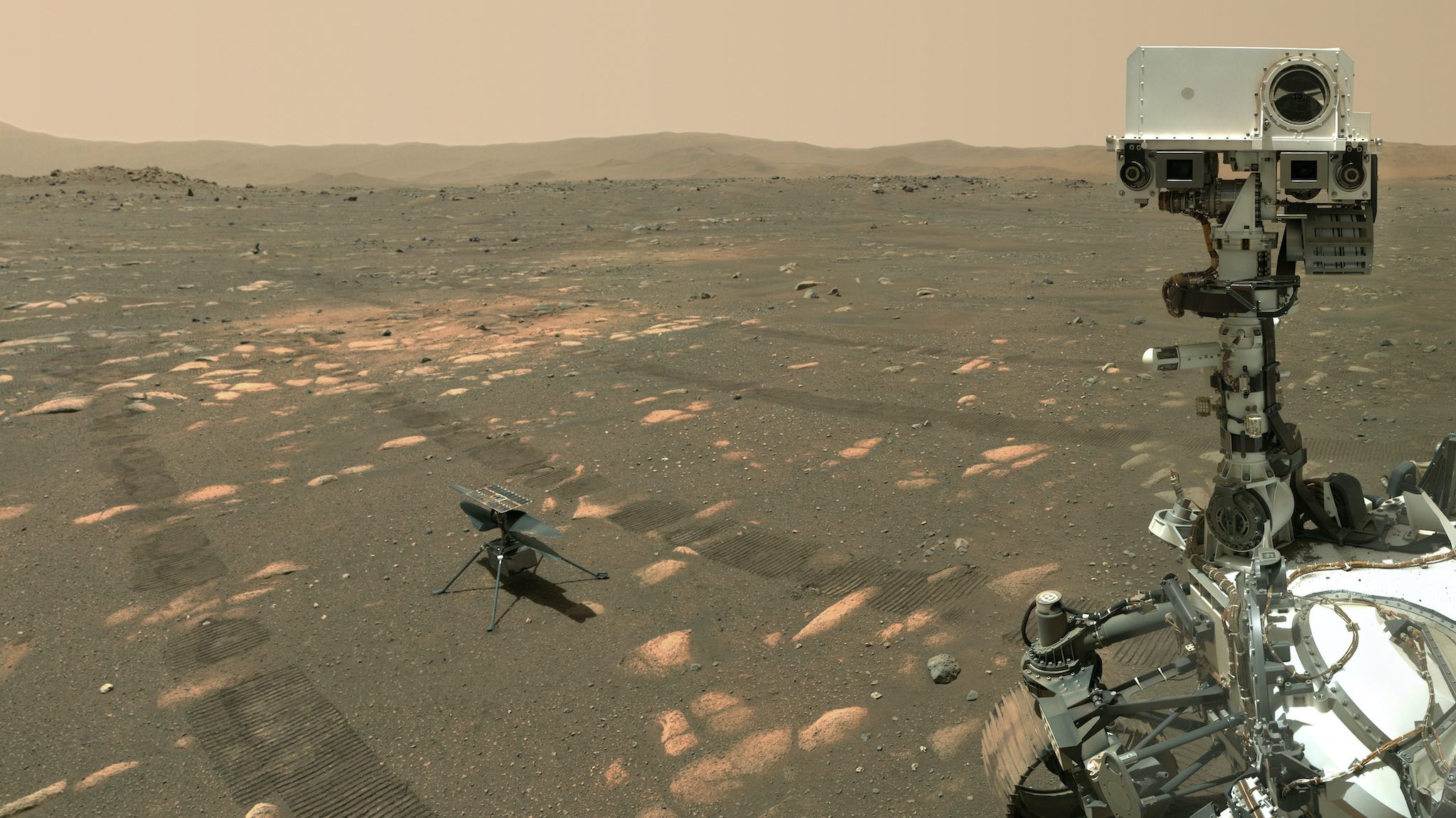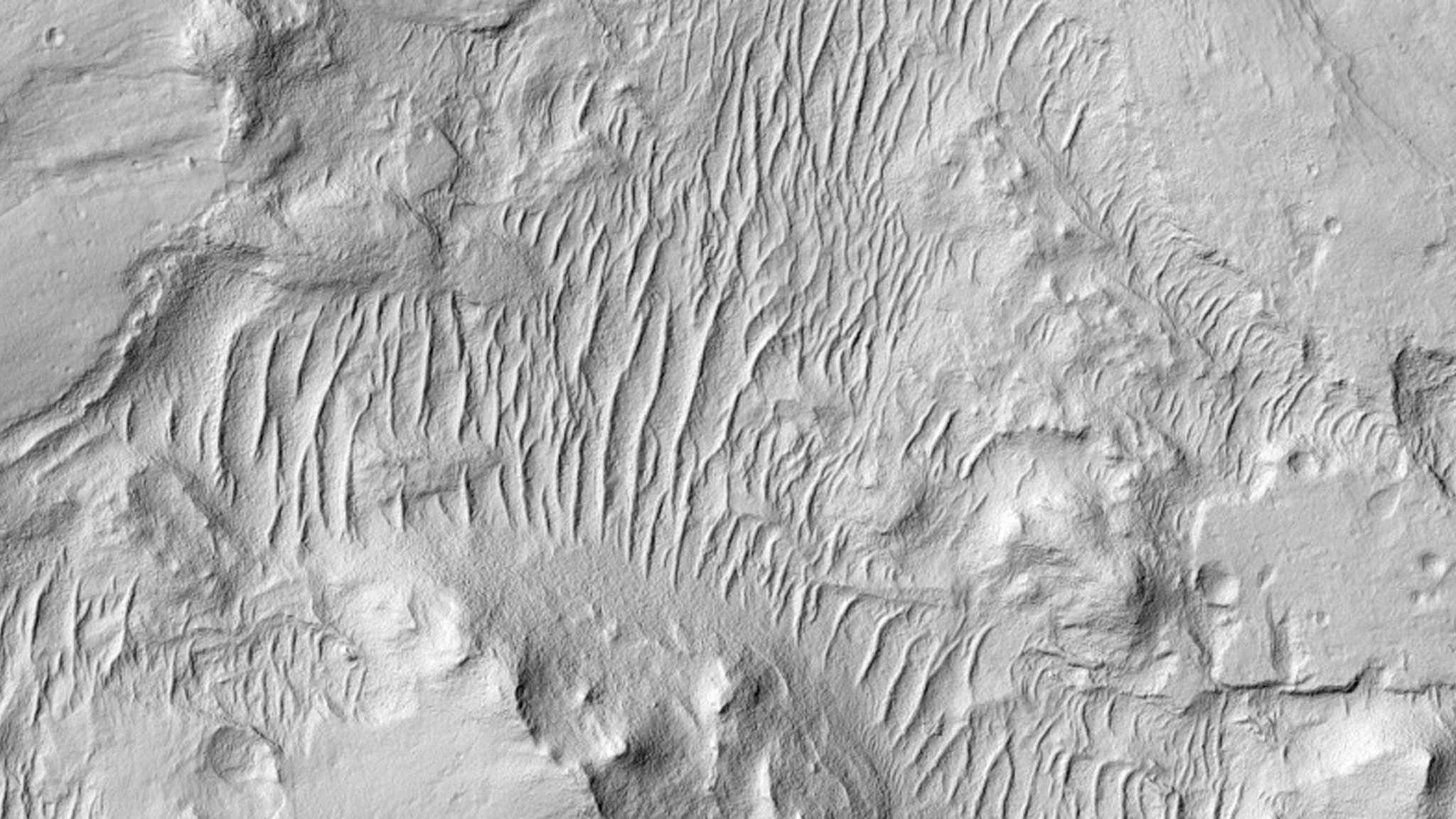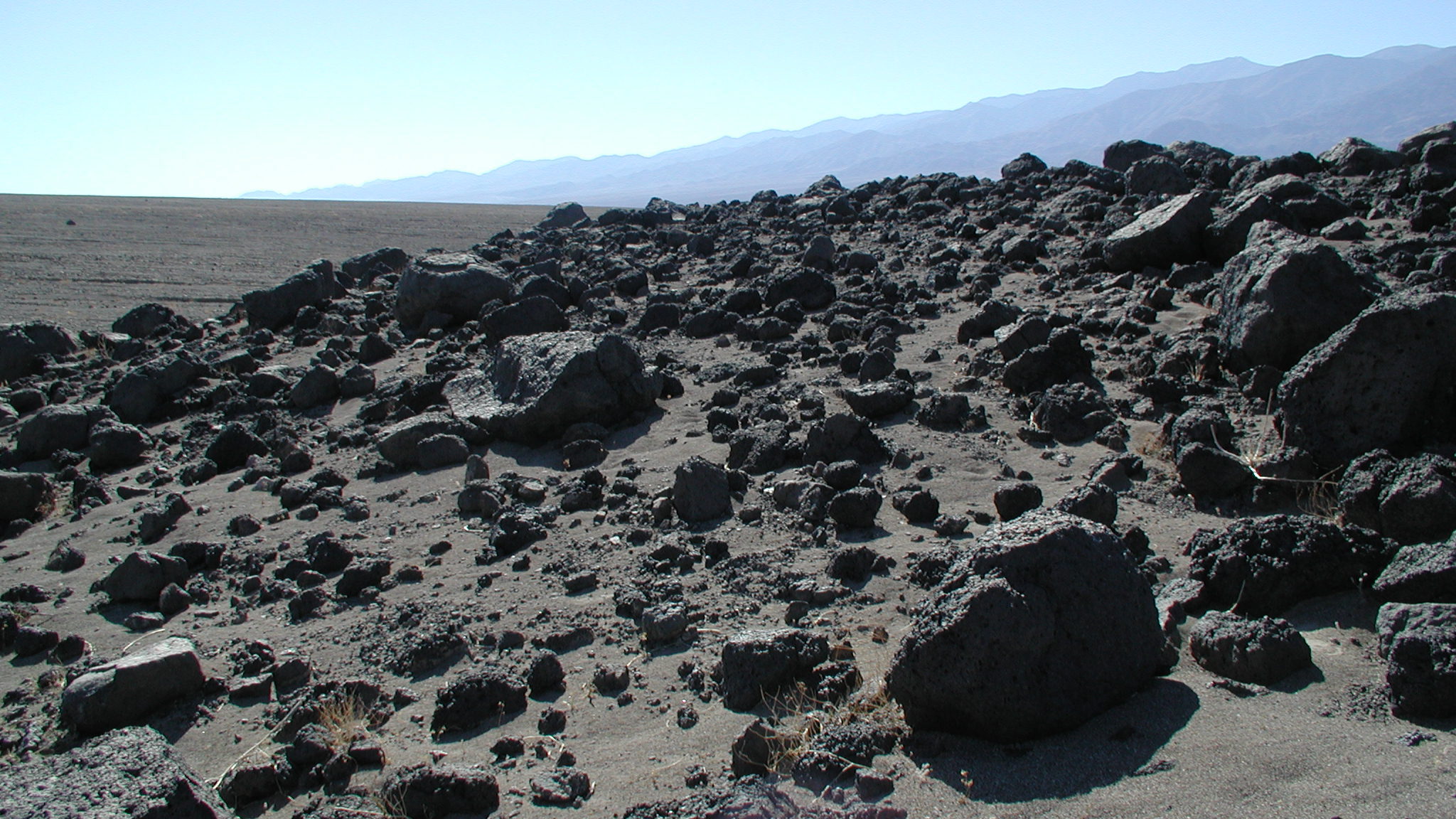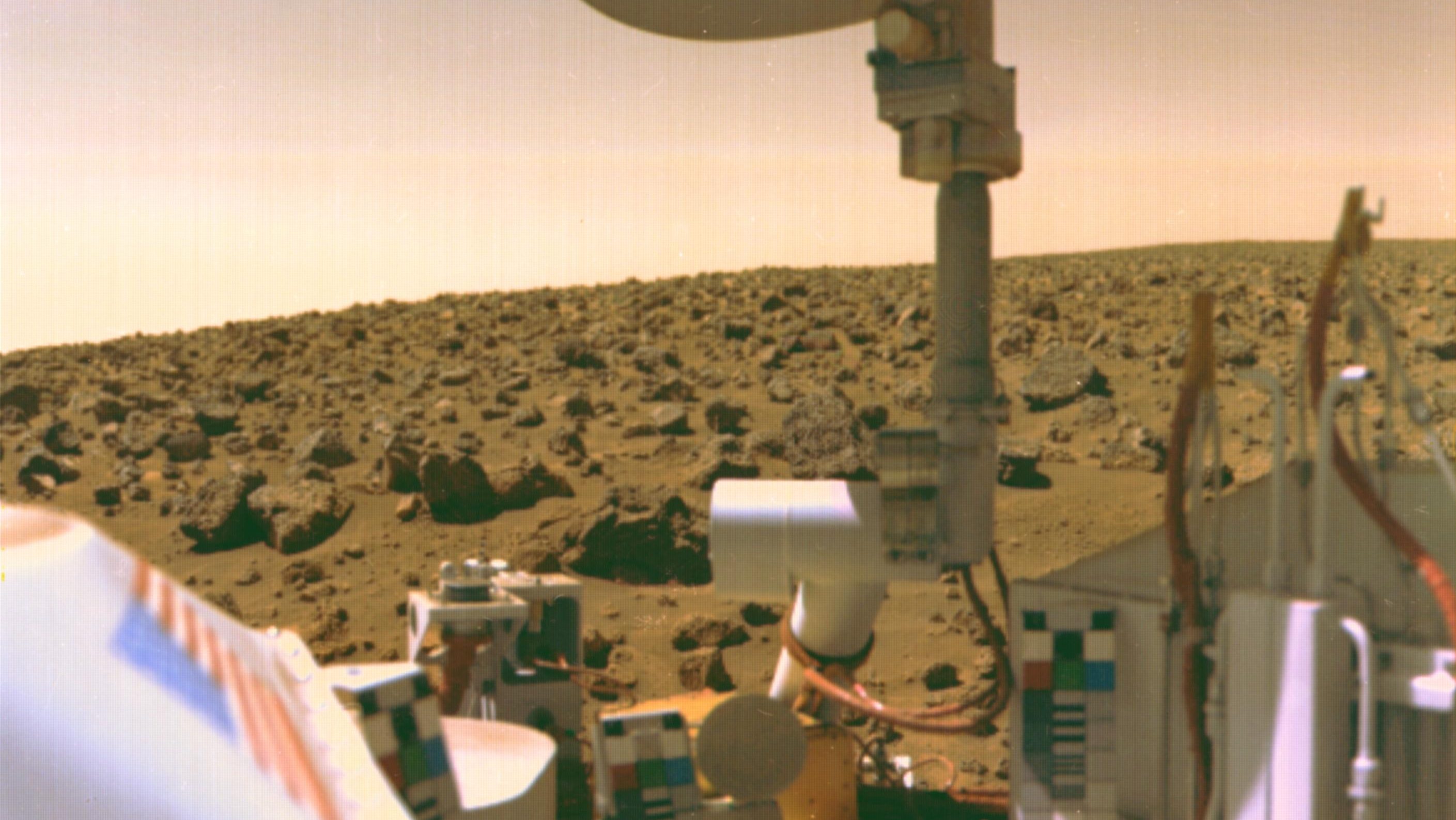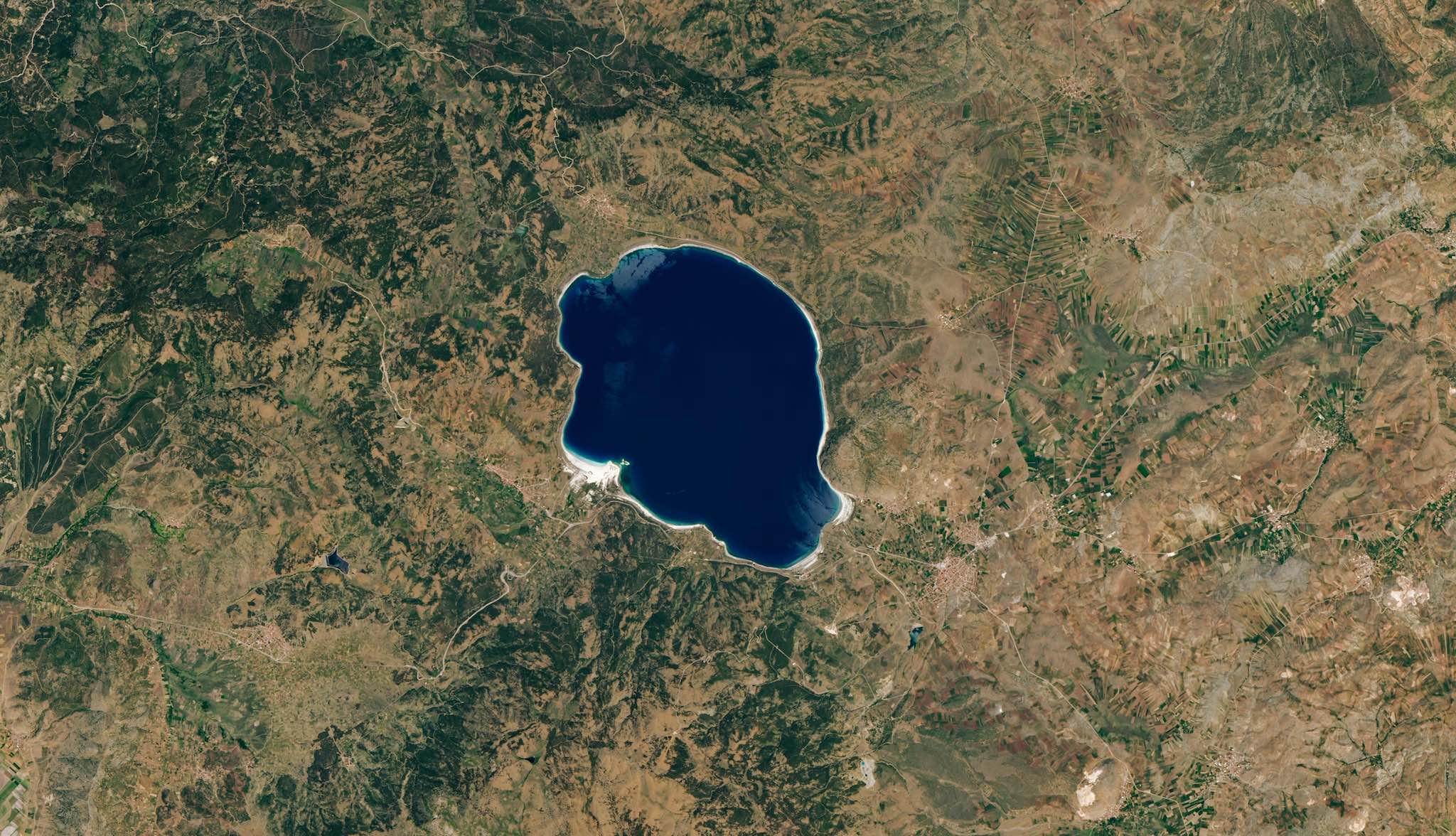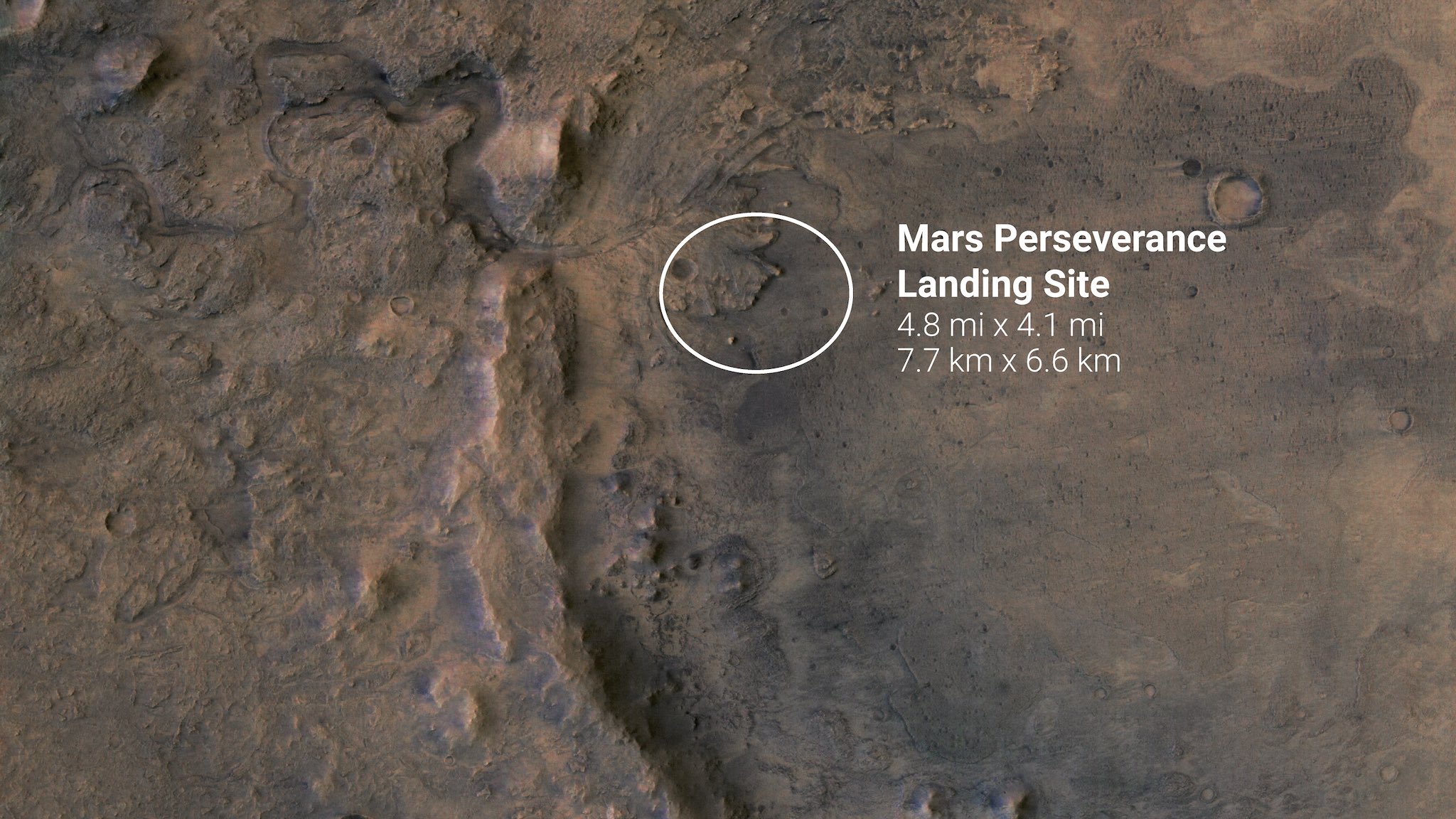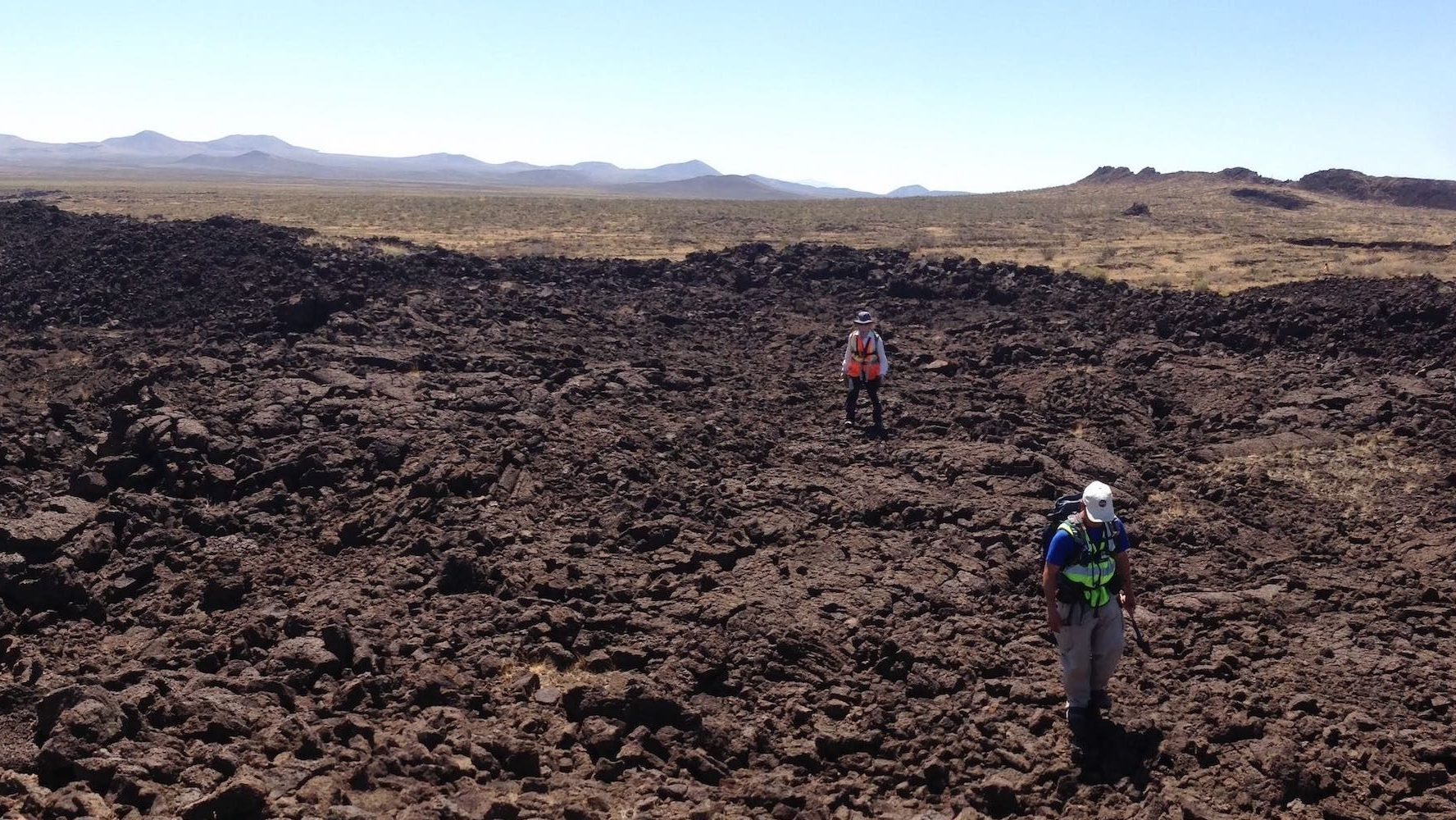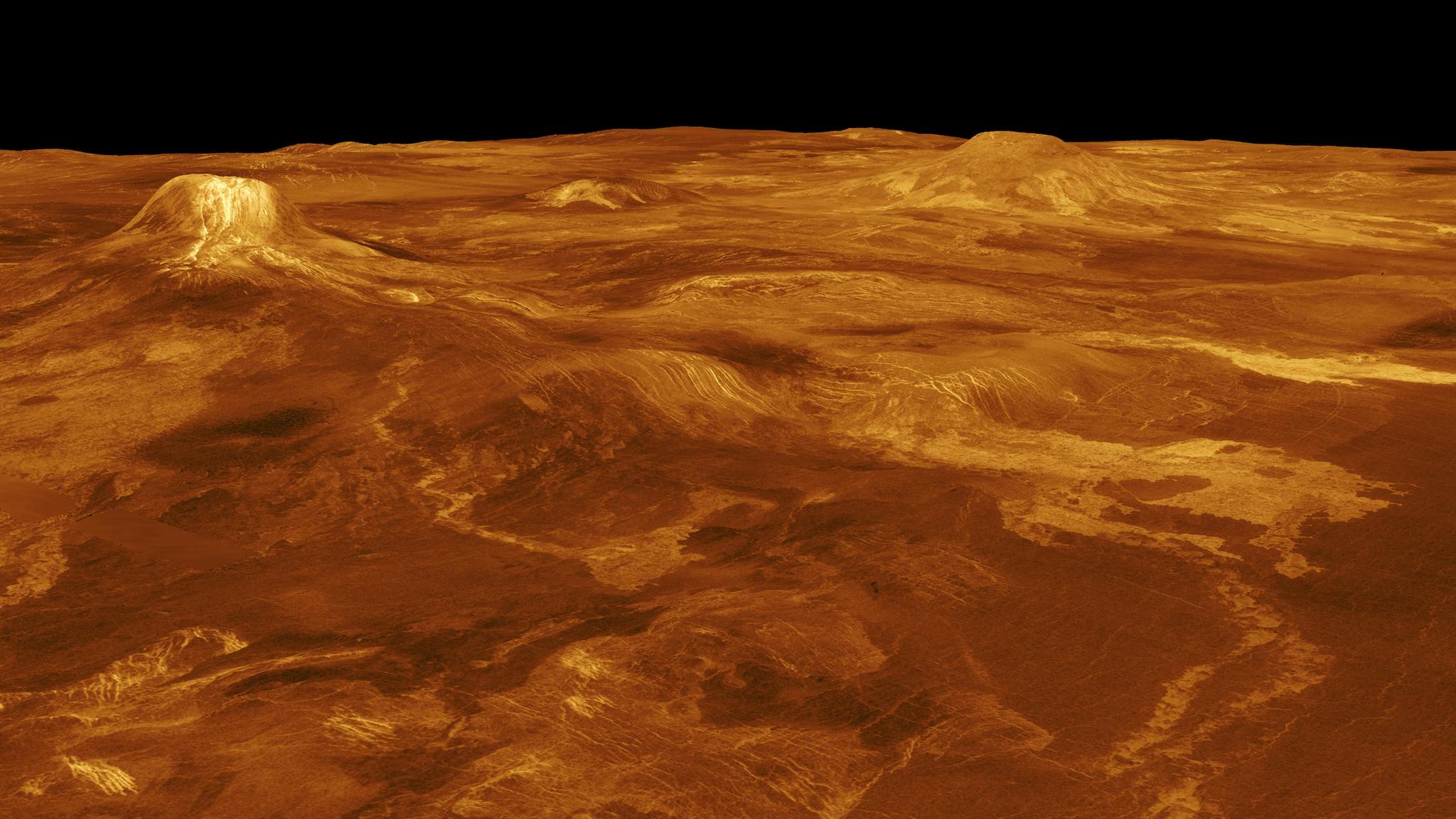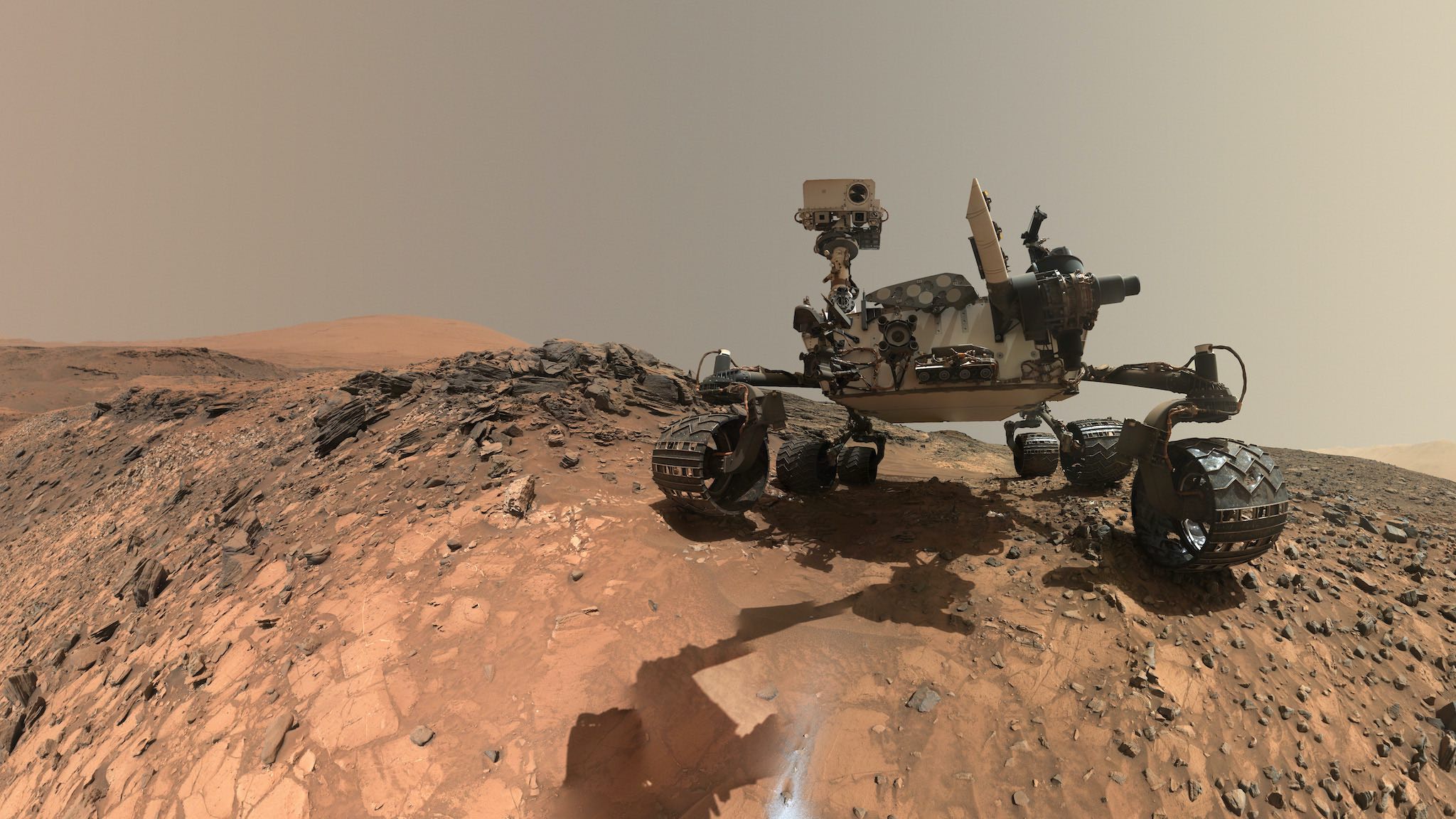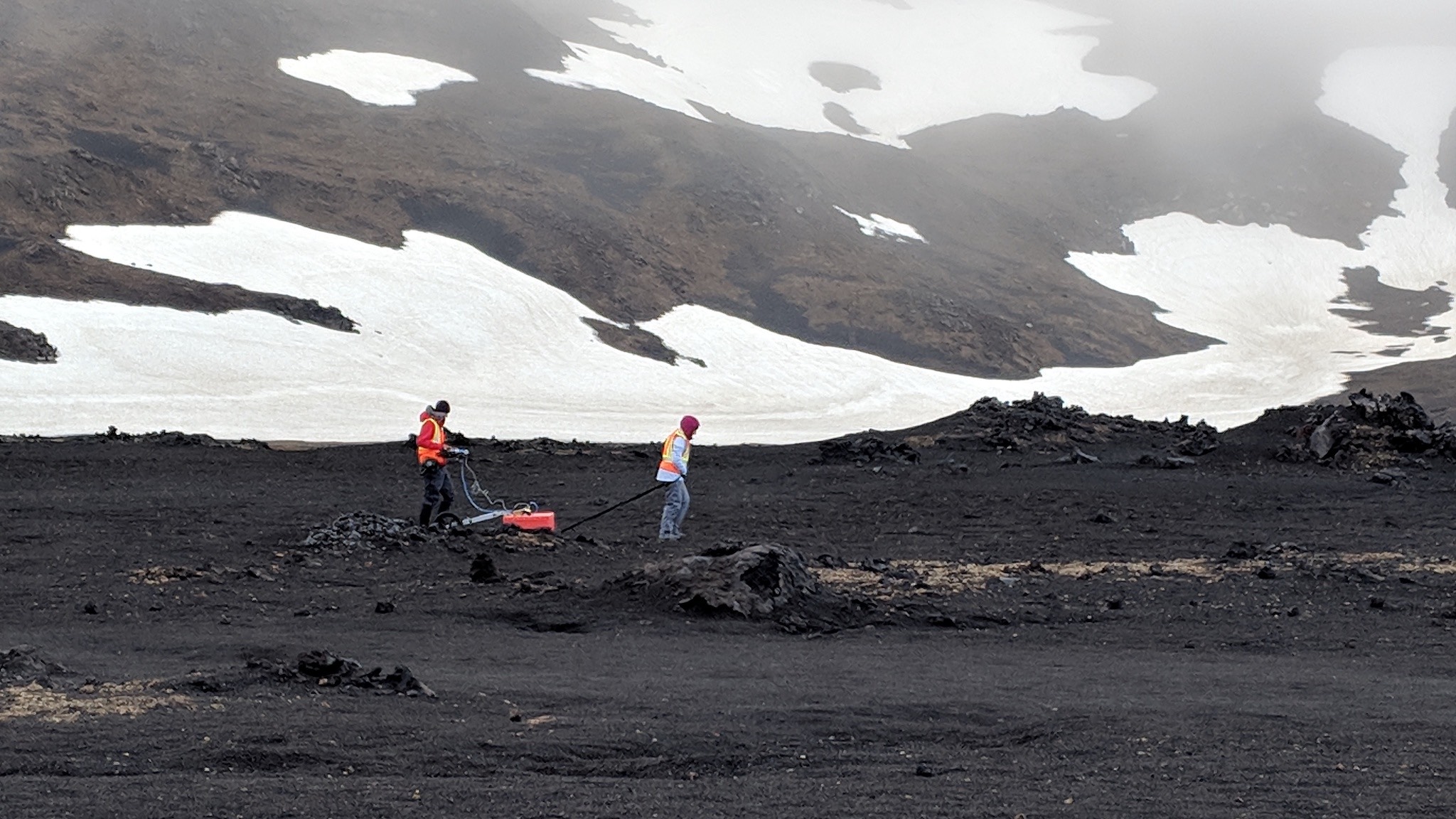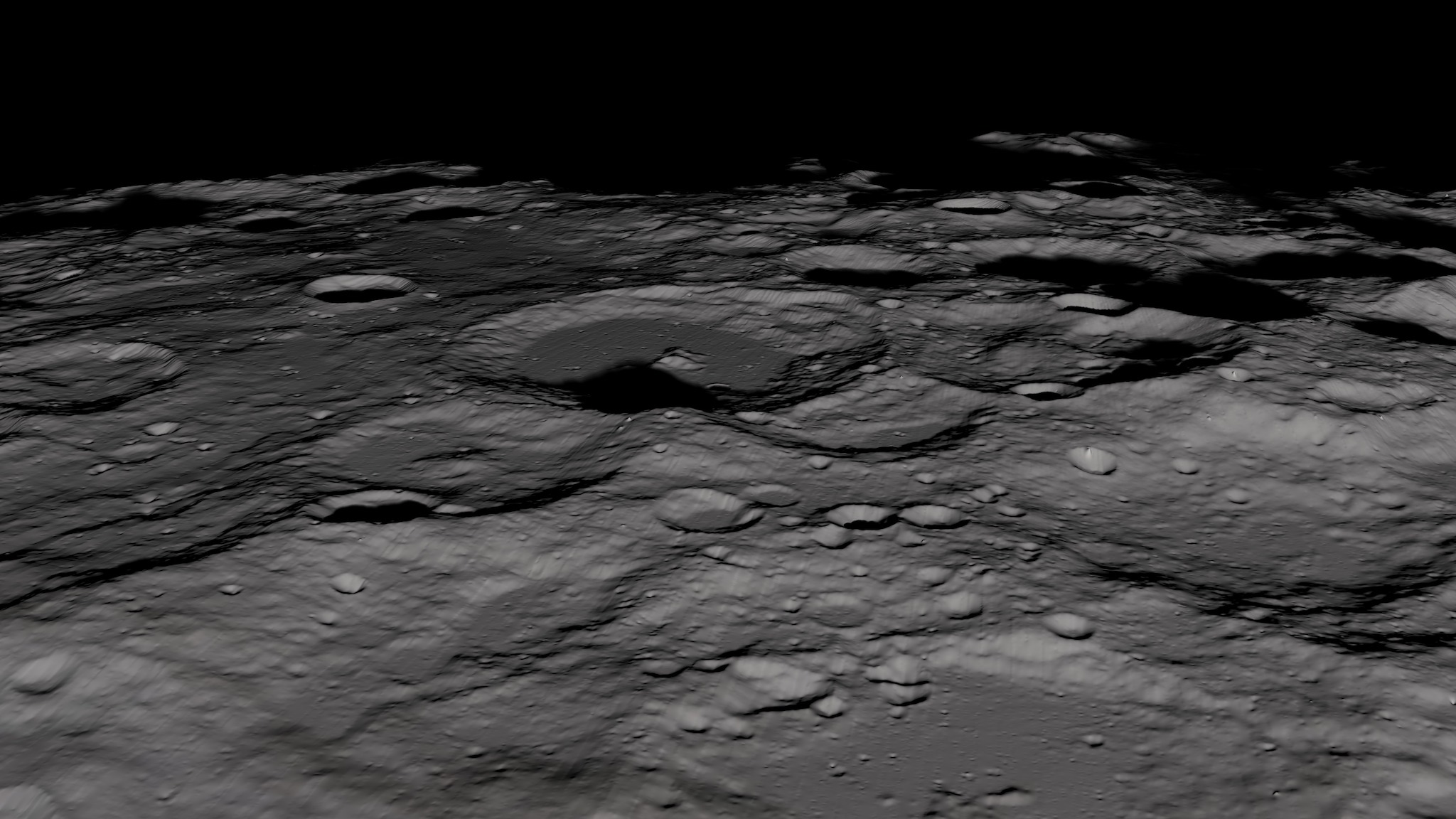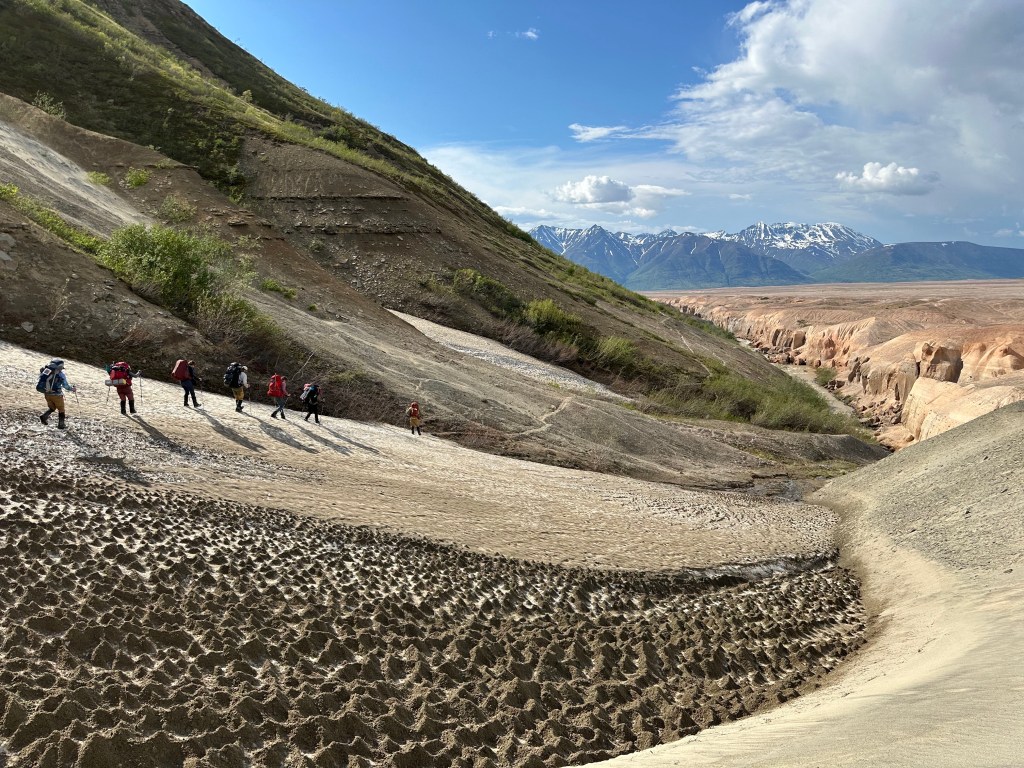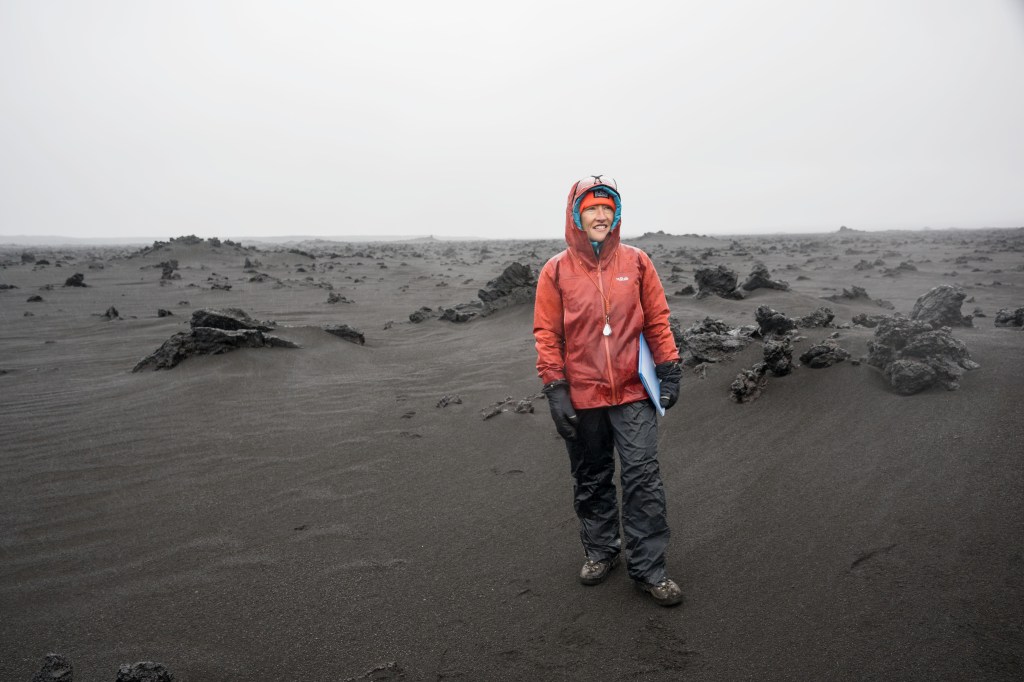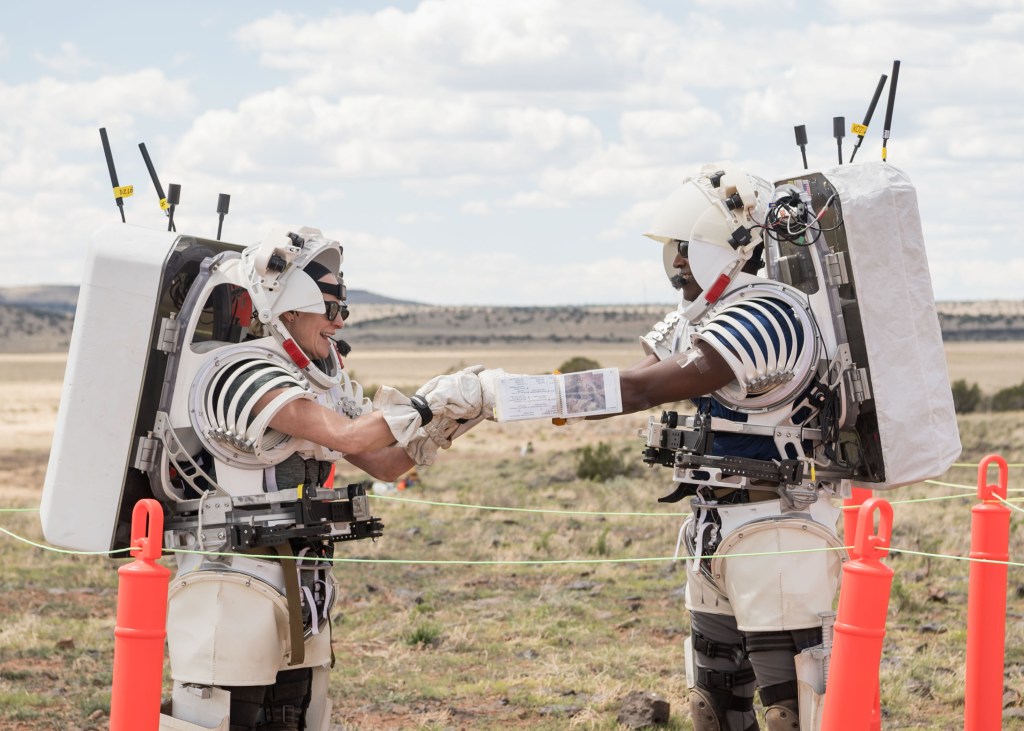Interactive Gallery
Planetary Analog Explorer
The Analog Explorer gallery shows field research sites on Earth side-by-side with similar environments on other worlds. Pairs like these are called planetary analogs.
Research at planetary analog locations on Earth helps scientists to make sense of our solar system.
Use the slider bars to compare worlds side-by-side, and click 'IMAGE DETAILS' to learn more about each analog pair.


Planetary ANalog Explorer
Lava Caves: California and the Moon
Naturally-occurring lava caves may someday shelter astronauts on the Moon and Mars from harmful radiation.
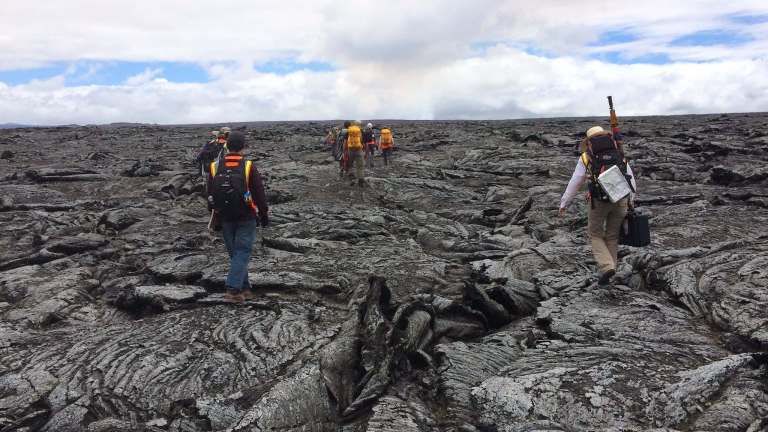
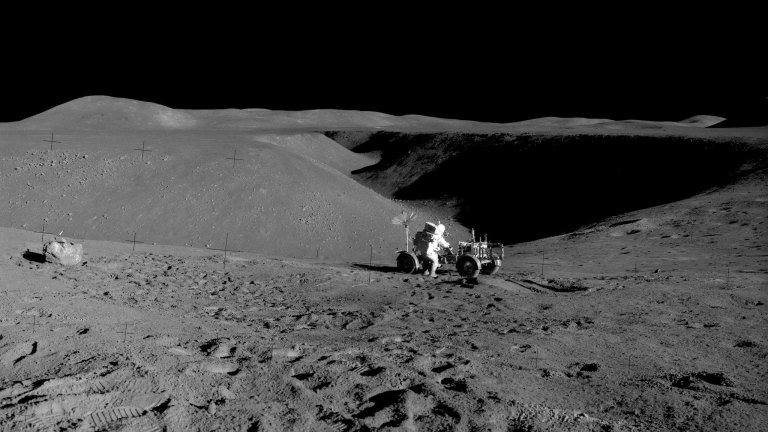
Planetary ANalog Explorer
Basalt Landscapes: Kilauea and the Moon
Field research in Earth’s most Moon-like places bridges the gap between past and future exploration.
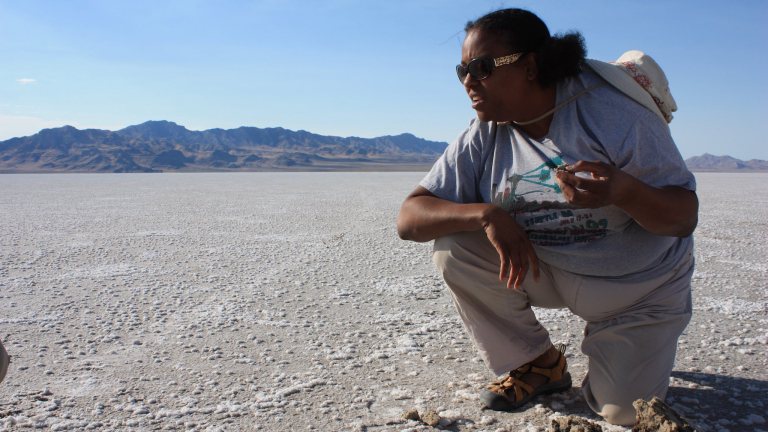
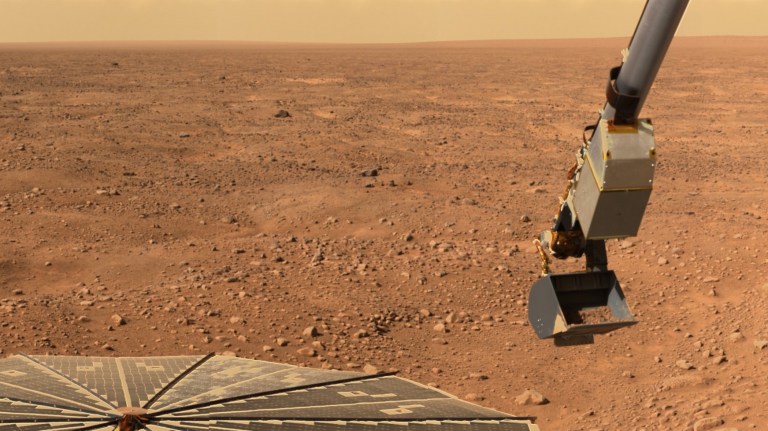
Planetary ANalog Explorer
Looking for Life: Utah and Mars
Brines and salts found throughout our solar system may play a big role in habitability.
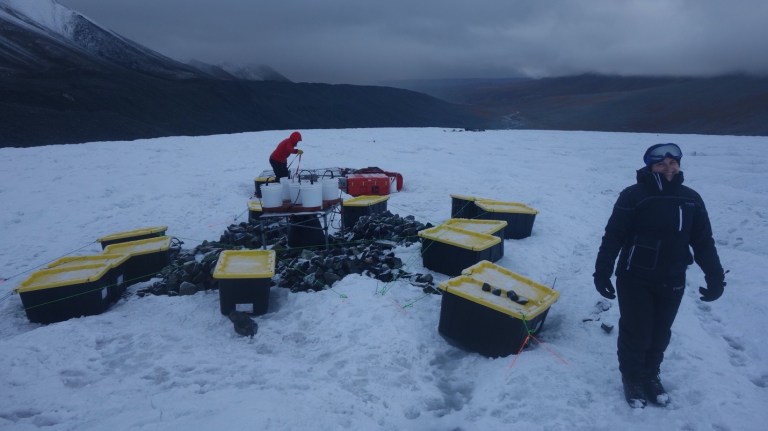
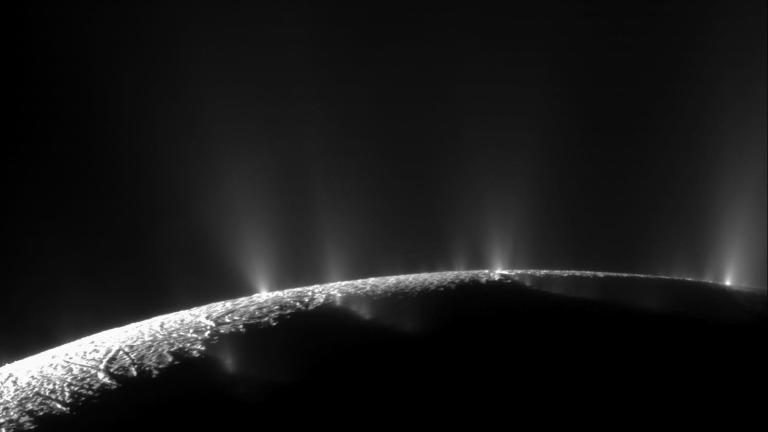
Planetary Analog Explorer
Icequakes: Alaska and Enceladus
The same technology that measures earthquakes can also detect the motion of subsurface oceans.
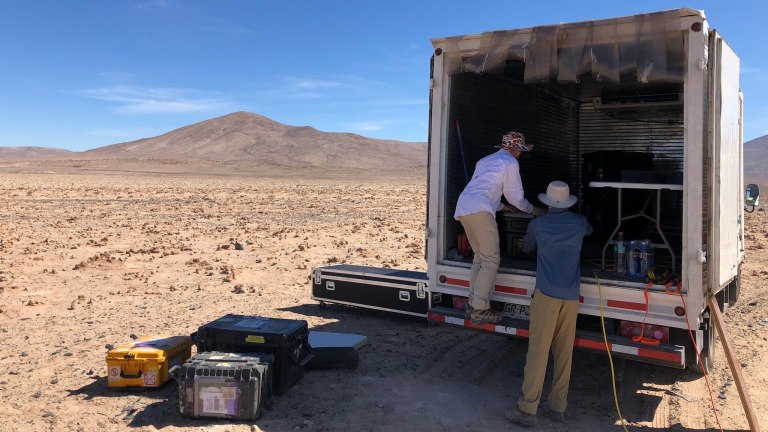
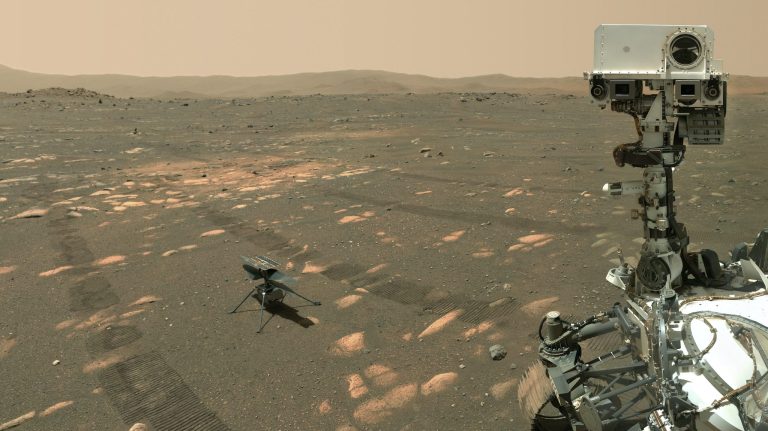
Planetary ANalog Explorer
Looking for Life: the Atacama Desert and Mars
This portable lab examines Earth’s most barren soils.
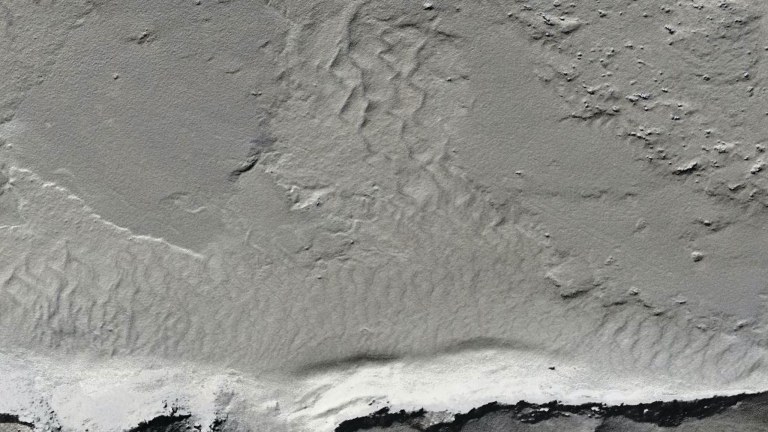
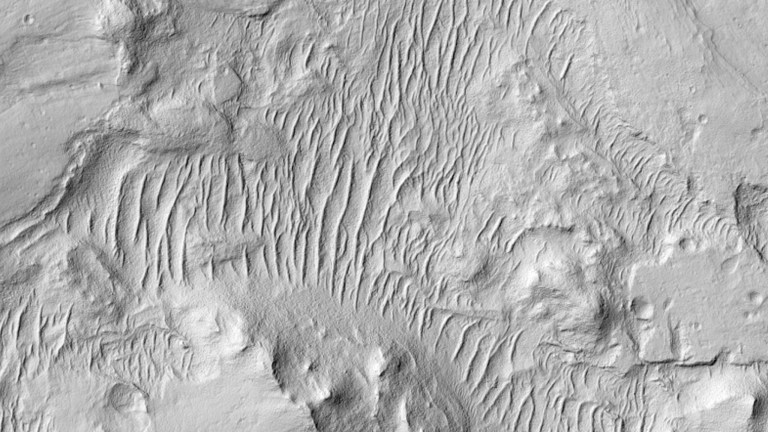
Planetary Analog Explorer
Land Ripples: Iceland and Mars
Aerial views reveal shifting ridges on these planets’ windswept surfaces.
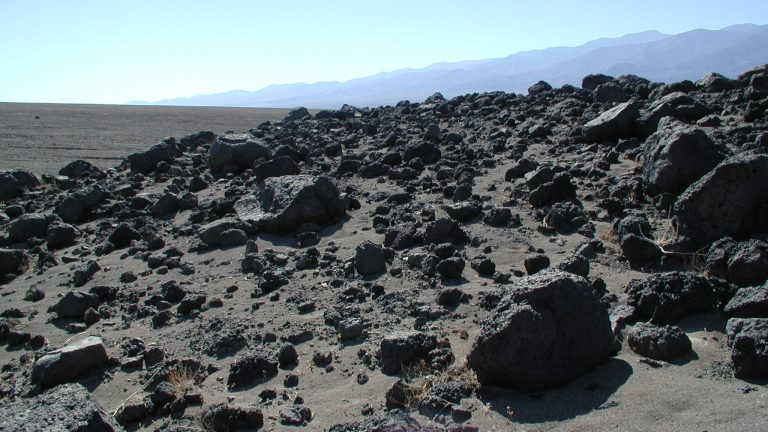

Planetary Analog Explorer
Rocky Reconnaissance: California and Mars
Robotic explorers test their capabilities against rugged terrestrial landscapes before leaving home.
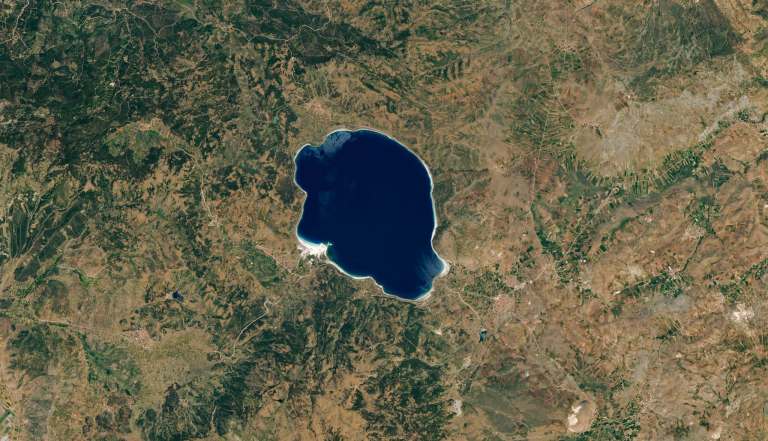
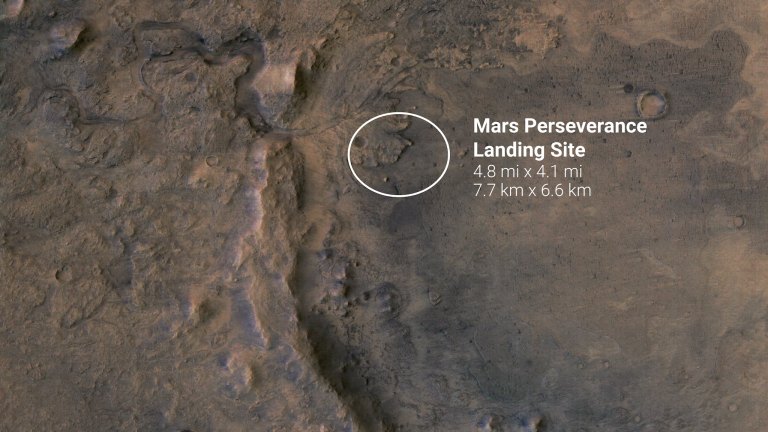
Planetary Analog Explorer
Looking for Life: Turkey and Mars
Sediments at Lake Salda’s edge hold clues about the history of Jezero Crater, an ancient Martian lakebed.
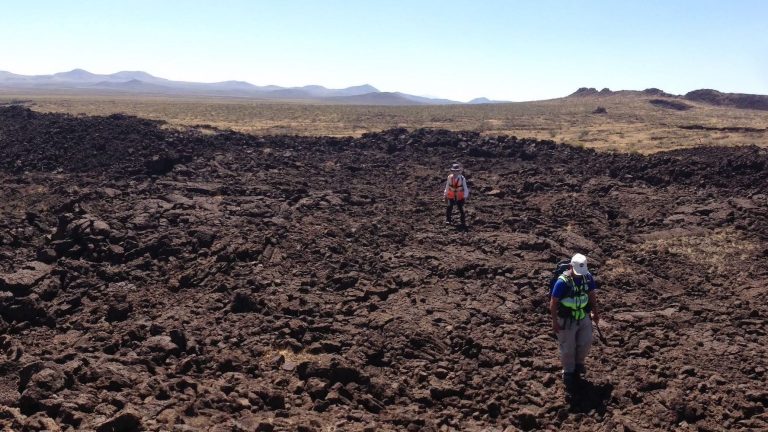
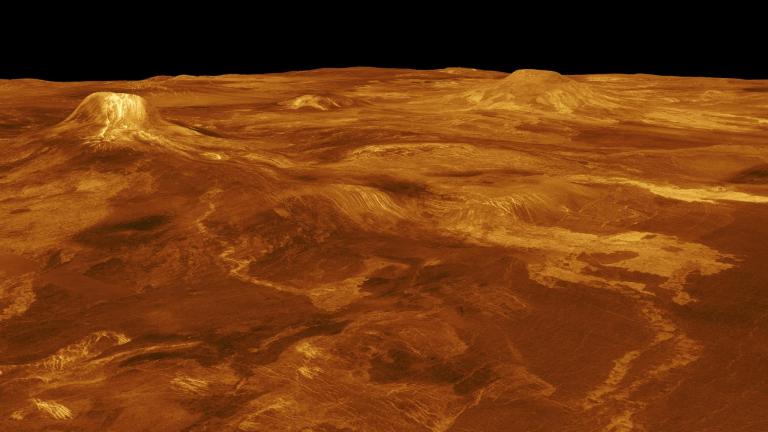
Planetary ANalog Explorer
Shield Volcanoes: New Mexico and Venus
Earth’s lava landscapes help us to understand volcanic processes on other worlds.
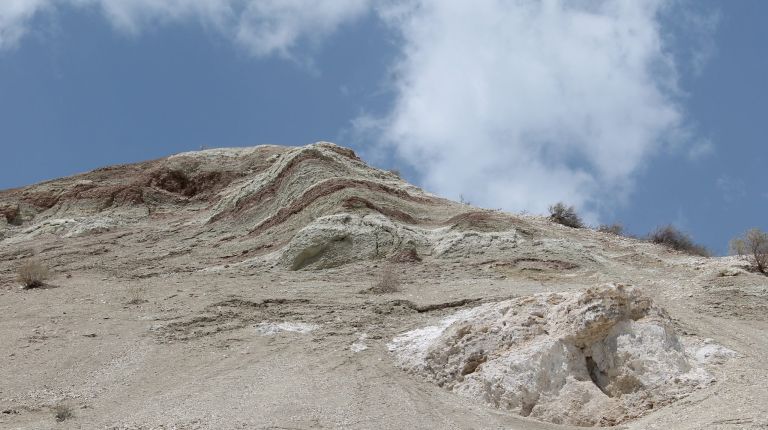
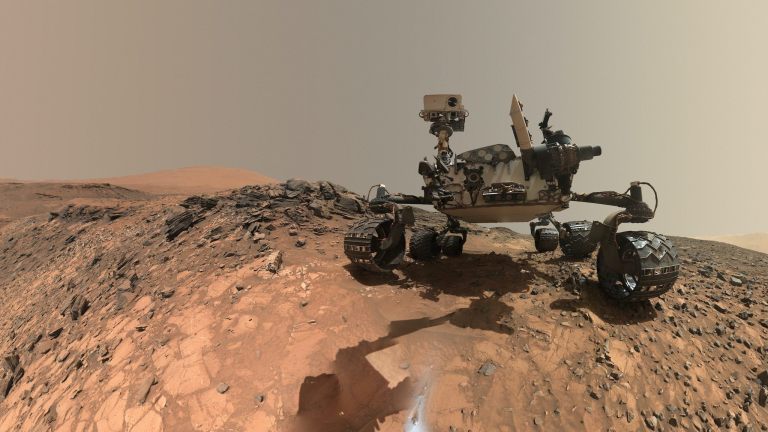
Planetary Analog Explorer
Looking for Life: Arizona and Mars
How do signs of ancient life change over time? Earth’s saltiest lakebeds can help us find out.
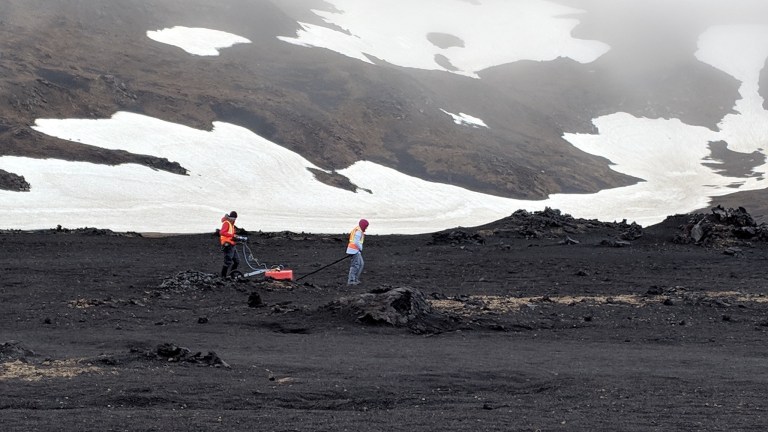
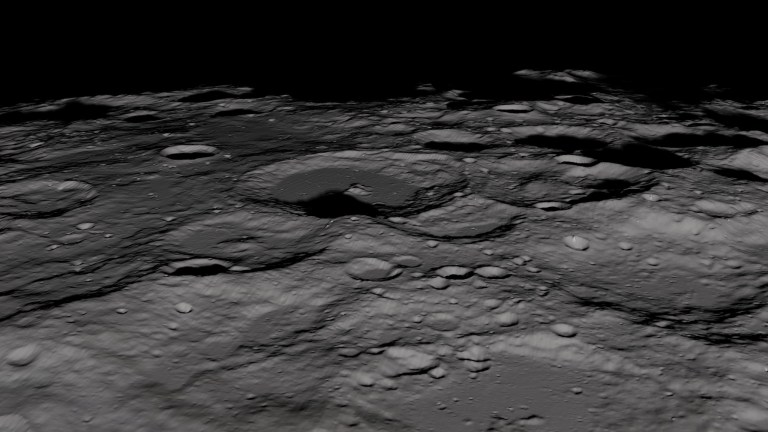
Planetary ANalog Explorer
Subsurface Ice: Iceland and the Lunar South Pole
Explorers search for buried ice on Earth using ground-penetrating radar.



























